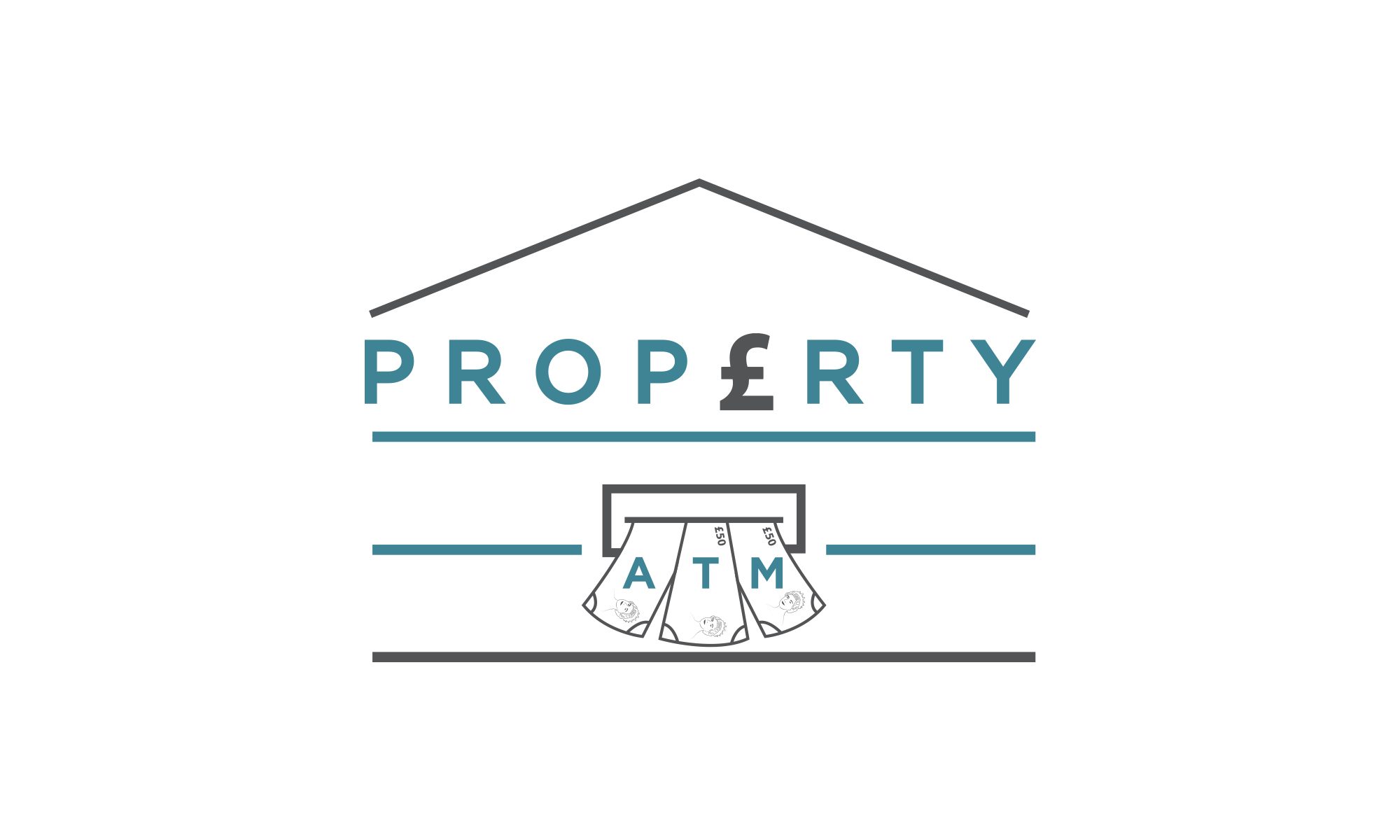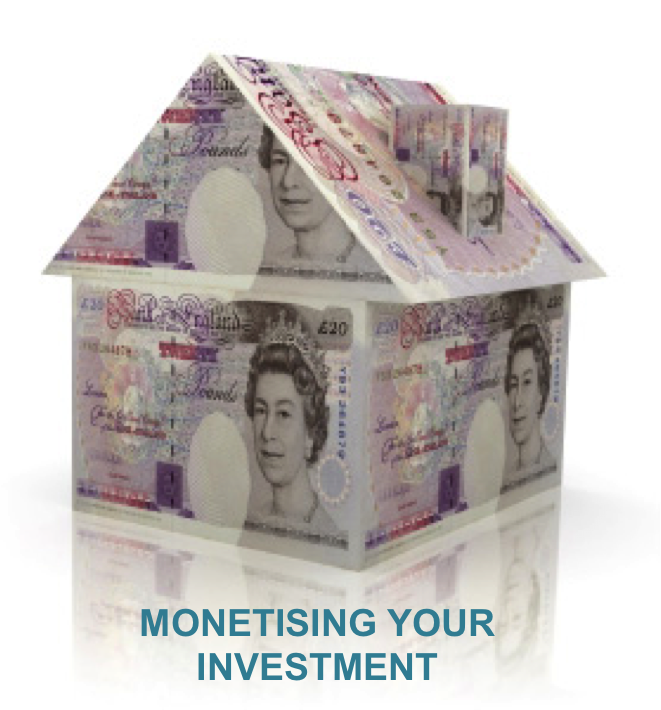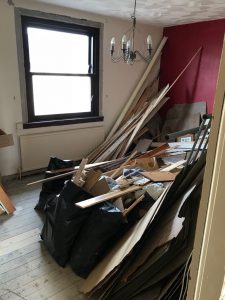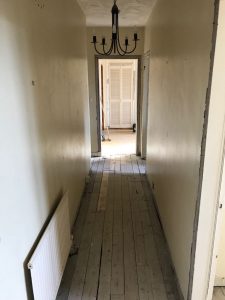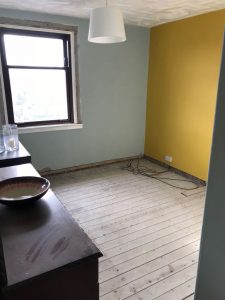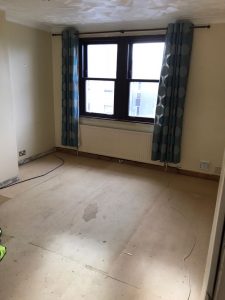If you have been following all this series of posts, well done for sticking with us, and thank you for the interest and support. Chris and I really hope that the last 5 posts have helped bring some clarity and renewed confidence to your property investing.
Whether you are figuring out how to get started buying, already have some experience but are trying to overcome a stuck point, or are an existing SA operator looking to add periodic lump sums to your monthly cashflow then the approach we’ve been sharing over the last few weeks has something to help you.
Here’s a quick recap to summarise what we’ve covered the last 5 weeks, followed by a mini action plan at the end.
Post 1 – The context – how we moved past being stuck not buying for 2 years by effectively addressing 3 key areas of the process
Post 2 – In this post we covered off the main considerations we focus on in the buying phase, looking at:
- Area & sourcing
- Analysis & viewings
- Financing and buying entity
- Key people in the power team
In Post 3 – we looked into the refurb phase of a project and shared a walkround video of the current property project that we are transforming for the end use of serviced accommodation. Chris pointed out key aspects of the refurb that will result in ease of maintenance, longevity, energy performance, a decent uplift in value, marketing and usability. We also pointed out key components to organise the work flow in refurb phase:
- The budget plan
- The description of works
- The project plan
- The team
In Post 4 – we started to look at the ‘monetising’ phase with Cash Exit 1. In other words, once the transformation of the refurb is complete what can we do to quickly start making some money from the investment.
In Post 5 – we took a deeper look at what’s involved in our preferred Cash Exit 1 – running serviced accommodation. From here we transitioned into Cash Exit 2 and beyond, which essentially opens up multiple options for the investor depending on what’s important to them at the time. The key thing being, to have those options, whether by holding for cashflow or selling for lumpy profit.
Like Jim Rohn said, ‘what’s easy to do is also easy not to do’. But if you’re interested in taking a little action, here are some simple actions you can take right now to help you make incremental progress:
#1 Start with gaining some clarity. If you have been keen to invest in property for some time and been wondering which strategy to use in your area, ask yourself these questions:
-What has stopped me buying an investment property before?
-Why do I really want to invest in property?
-What does it really mean to me/will it mean to me?
-How much time each week do I/can I and will I allocate to achieving this?
-What’s one thing I can do tomorrow to take one step closer to my goal?
#2 If you are currently looking to buy an investment property, challenge yourself to start thinking with the end in mind – map out how you could set yourself up for max upside and create multiple exits. If you have recently been analysing properties and turned them down, look back over your analysis notes with a fresh multi-stage cash exit perspective. How different would the numbers look with a combination of cash flow and flip profit?
#3 If you are not already operating SA units, do a little research on your desired area – go to booking.com, enter your location, enter a weekend and a midweek 3-4nt visit date, hit search and then filter by apartments (to eliminate hotels, guest houses etc) to see how many self catering options there are currently available. You can use this search to get a feel for the nightly rates in your area too.
#4 Start connecting with a few builders in your area to pick out the ones you might want on your power team.
#5 Start building up a record of the research you collect on potential investment areas ie an excel sheet with tabs for each location. On each sheet look at 2 and 3 bedroom properties for sale, look up the rightmove sold prices for the same postcode, look at the floor plans where available and start to get a feel for sales price per SQM in your areas.
#6 Join us on our online training webinar, Property ATM MASTERCLASS: HOW TO GET STARTED DE-RISKING PROPERTY DEALS AND BUYING WITH CONFIDENCE – FOR MULTIPLE EXITS, HIGHEST RETURNS AND PEACE OF MIND
Click here to register for our free online training
Chris and I hope that in reading these posts you have either learned something knew, or were reminded of something you knew, but will now go and use.


